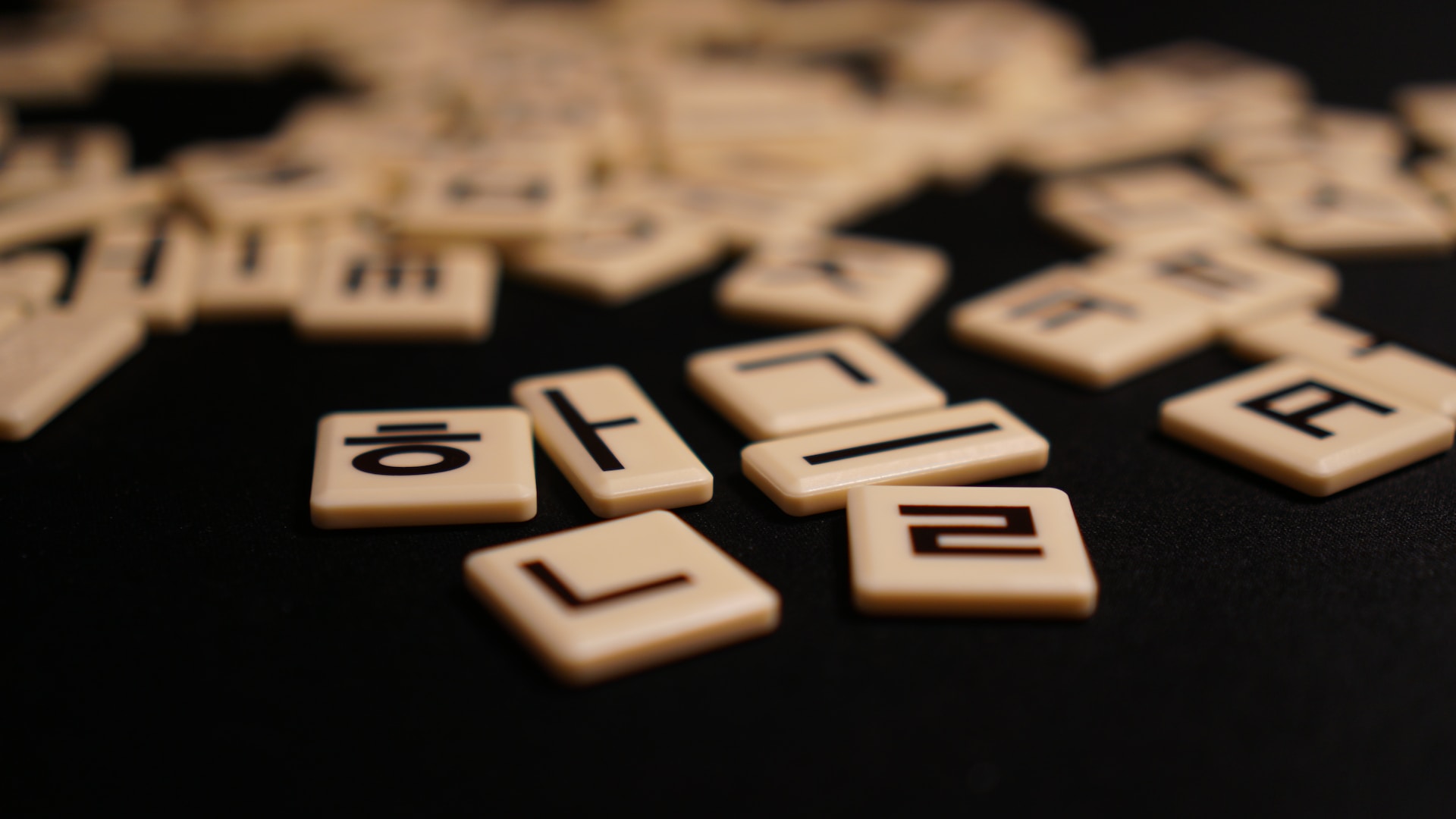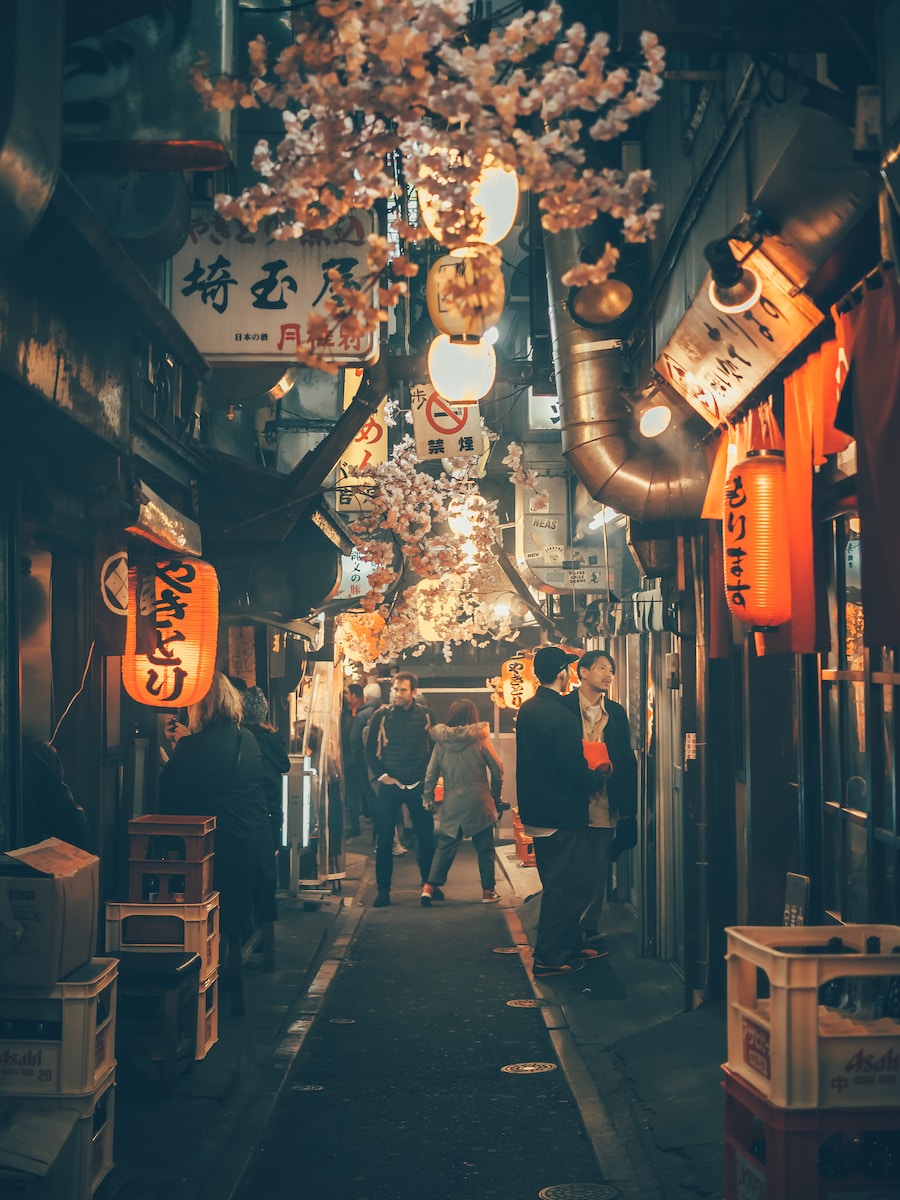The tradition of sending Christmas cards is one that many nations participate in, and their designs clearly depict distinct cultural differences in a snapshot. Let’s look at how they differ and what their influences are.
1) Germany
Cards have traditional designs and typically depict St. Nicholas delivering presents. Religious and scenic imagery is also very popular.

2) Poland
The colourful Polish papercut art called Wycinanki heavily influences Christmas card designs in Poland. The strikingly bright cards often feature birds (peacocks and roosters), circular or star-shaped medallions, and flowers.
3) Russia
In Russia, you’ll find many cards displaying St Basil’s Cathedral, while Orthodox Christmas cards often portray the Virgin Mary holding Jesus.
Happy Christmas in Russian: ‘C рождеством’ – pronounced ‘rah-zh-dee-st-vohm’
4) Japan
Japanese Christmas cards are easy to spot, as they feature things the country is known for, such as geishas, temples, Mt. Fuji and cranes.

Happy Christmas in Japanese: ‘Meri Kurisumasu’
5) Norway
Vintage Norwegian Christmas cards usually depict children or the gnomes which help Father Christmas deliver presents.

Happy Christmas in Norwegian: ‘God Jul’
6) China
Christmas is becoming more important in China both in terms of a commercial gimmick and a cultural and religious festival. It is widely celebrated across society but has not reached the national fever pitch of the west and so is not yet a holiday. China’s younger generation in particular love to send Christmas cards – they tend to be cute and quirky, and they do love sending e-cards.

7) Spain
Similar to traditional German Christmas cards, Spanish cards are centred around children, Santa and religious artwork, such as the three wise men or angels/cherubs. They are typically boldly coloured.

Happy Christmas in Spanish: ‘Feliz Navidad’
8) The Netherlands
The Dutch love Christmas cards and are said to be Europe’s champion Christmas card senders, with Dutch families sending more Christmas cards than any other European country. In The Netherlands there is a growing trend to design Christmas cards online and send them via traditional snail-mail.

9) United Kingdom
The British are said to have started the Christmas card tradition in 1843 and have enjoyed sending Christmas cards ever since. Some of the original Victorian Christmas cards could be quite macabre but modern cards are very cheerful, colourful and glittery, they often have animals, children and Christmas trees featured on them. The Robin is a firm favourite.

10) Finland
Traditional Finnish Christmas cards often feature cutesy illustrations of Christmas gnomes/elves, Santa Claus and children.

Happy Christmas in Finnish: ‘Hyvää Joulua’
11) Iceland
Sending Christmas cards is a big deal in Iceland, and they are supposed to say more than just ‘Happy Christmas’ – this is why vintage Icelandic cards feature well-wishing poems.

Happy Christmas in Icelandic: ‘Gleðileg Jól’
12) South Korean
Korean Christmas cards reflect the country’s culture heavily, as they include children in traditional outfits, animals, traditional instruments and vintage Korean artwork. Happy Christmas in Korean: ‘Meri Krismas’

It’s fascinating to see different cultures reflected in these Christmas card designs. Which one is your favourite? Personally I am drawn towards the Scandinavian designs…but that could be because some of my blood is Norwegian! Merry Christmas.
Would you like to chat to Brightlines about our translation services? Call 01225 580770 or contact us here for more information or a quote. We are happy to help, and advice is always free.









